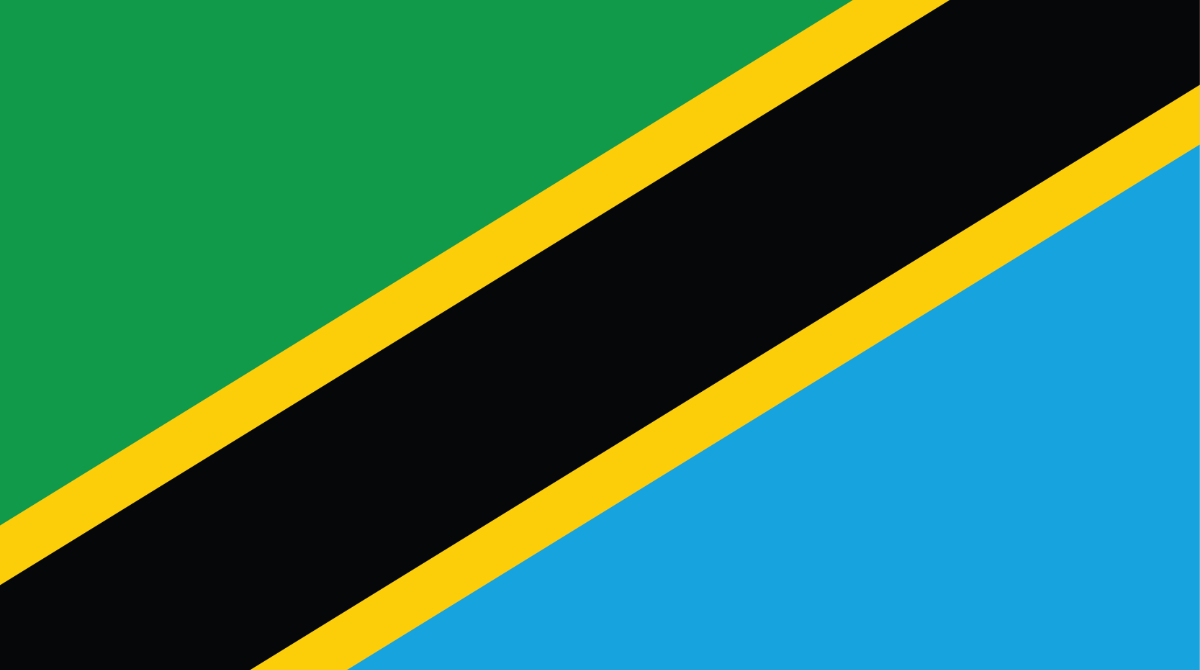At a glance
CDC works with partners in Tanzania to build sustainable public health capacity, strengthen laboratory systems and surveillance networks, deliver high-quality HIV and TB diagnostic, treatment, and prevention services, and respond swiftly to disease outbreaks at their source, preventing health threats from reaching the U.S.

Strategic focus
The partnership between the U.S. Centers for Disease Control and Prevention (CDC) and the Government of Tanzania (GOT) began in 2001. As a key implementer of the U.S. President's Emergency Plan for AIDS Relief (PEPFAR), CDC works with GOT to build a sustainable, high-impact national HIV response program. CDC collaborates with the Ministry of Health (MOH) in mainland Tanzania and Zanzibar to support HIV testing, treatment, and prevention services as well as strengthen health systems.
Program priorities include scaling up targeted HIV testing strategies such as index testing, social network testing, and prevention services such as pre-exposure prophylaxis (PrEP), limiting treatment interruption among people living with HIV (PLHIV) receiving antiretroviral therapy (ART), optimizing treatment regimens among children and adults living with HIV to achieve viral load (VL) suppression, reducing mother-to-child transmission of HIV, and reaching all PLHIV with tuberculosis preventative treatment (TPT).
Read more about CDC's most recent key activities and accomplishments below.
Building public health capacity
- Trained over 1,070 Field Epidemiology & Laboratory Training Program in Tanzania graduates across the three tiers (204 advanced, 107 intermediates, and 760 frontline) at all levels of the health care system since 2016.
- Trained and mentored HIV testing providers in 31 regions of Tanzania and Zanzibar through Project Extension for Community Healthcare Outcomes (ECHO), a model for building healthcare worker capacity. Over 463 hospitals, health centers, and high-volume dispensaries use Project ECHO for knowledge sharing. It now includes other public health issues and provides site-level management to increase support when in-person engagement is limited.
- Actively used monthly near-real-time, granular site-level data to monitor and drive program performance. Substantial improvements are evident in reductions in client treatment interruptions, the scale-up of key interventions such as multi-month dispensing, and the introduction of optimized ART regimens.
Strengthening laboratory systems and networks
- Trained over 1,000 personnel in laboratory quality management systems with 138 laboratories enrolled in the Strengthening Medical Laboratory Quality Management Toward Accreditation (SLMTA). Of these, 83 have been accredited to international standards, making Tanzania the second country in sub-Saharan Africa with the highest percentage of SLMTA accredited labs.
- Reduced turnaround times for core HIV tests from 60 days in 2016 to 5 days by the end of 2024. The program has enrolled 323 laboratories and 12,400 HIV rapid testing points into the External Quality Assurance system.
HIV prevention and treatment
- Utilized index testing in facility and community settings, contributing to nearly 50 percent of all newly diagnosed HIV-positive people. Index testing, social network testing, and HIV self-testing are important strategies to address gaps in the identification of PLHIV who are unaware of their HIV-positive status.
- Closed the gap among children (<15 years), adolescents and young people (15-24 years), men (25-34 years), and people at greater risk for HIV. Enhanced HIV testing services provide an essential platform to access other prevention services such as PrEP.
- Tanzania has made significant progress in identifying 98 percent of adults living who HIV know their status, providing them antiretroviral therapy (ART), of whom 99% are receiving optimal drug treatments. Amongst people on ART, 94 percent are virally suppressed. Data shows adolescents and young PLHIV are more likely to experience interrupted treatment.
- Leveraged data-driven interventions supporting adolescents and young PLHIV to continue treatment, including routine clinical visits, appointment management and reminders, peer-driven psychosocial support, multi-month drug dispensing, and community ART provision.
- Incorporated prevention of mother-to-child transmission and screenings for advanced HIV disease, cervical cancer, and TB into routine services as part of comprehensive care and treatment.
- Continued diversified service delivery approaches to HIV services tailored to accommodate person-specific needs and maintain gains in treatment coverage and VL suppression.
TB prevention and treatment
- Supported END TB efforts through intensified TB case finding, optimized TB and HIV care and treatment, and TB prevention. CDC also supported the National TB and Leprosy Programme in updating and implementing national TB infection prevention control guidelines and measures in health facilities.
- Leveraged a regional approach to implement and monitor programs to align with the country’s evolving epidemic. The approach included selected staff overseeing program activities in a specific CDC-supported region, providing an efficient and flexible model leading to key improvements in routine HIV/TB service delivery.
By the numbers
HIV
Estimated HIV Prevalence (Ages 15-49)
3.8% (2023)
Estimated HIV Deaths (Age≥15)
21,000 (2023)
Reported Number Receiving Antiretroviral Therapy (Age≥15)
1,345,016 (2023)
TB
Estimated TB Incidence
183/100,000 population (2023)
Reported Percent of People with TB and HIV
17% (2023)
TB Treatment Success Rate
96% (2022)
Resources
Our success is built on the backbone of science and strong partnerships.